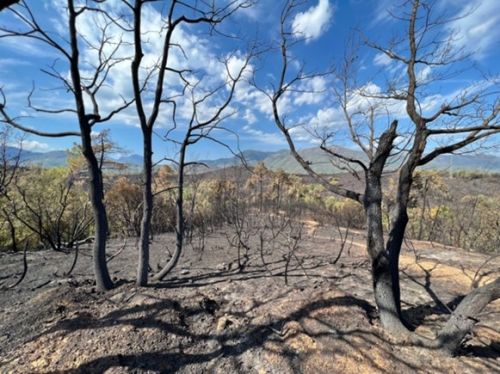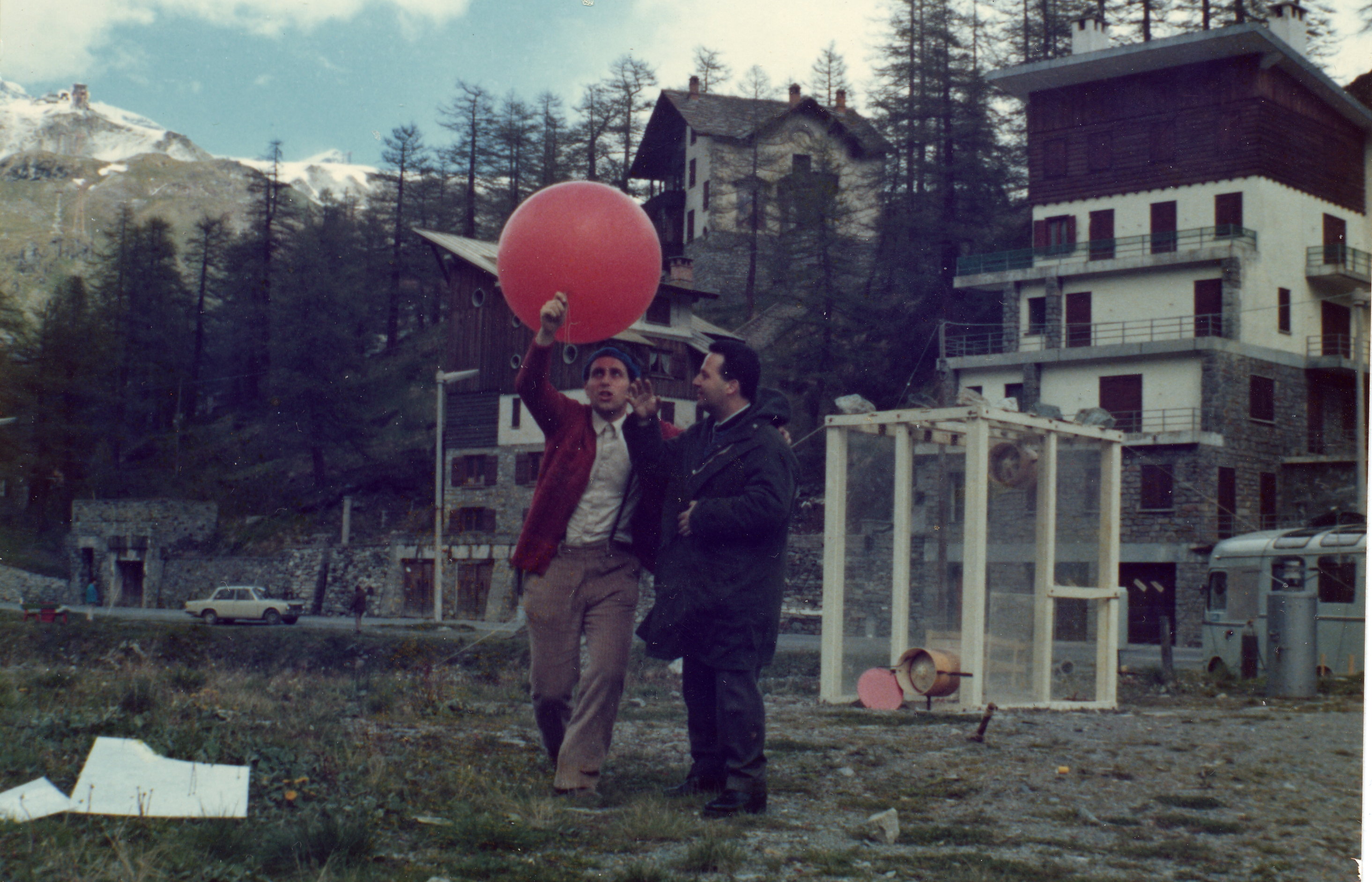ARPA LOMBARDIA - Sviluppo e validazione di metodi per l’uso ottimale della rete radar meteorologica di ARPA LOMBARDIA per il monitoraggio delle precipitazioni ai fini di protezione civile
Il Progetto si propone di condurre attività di ricerca finalizzata all'utilizzo ottimale delle infrastrutture radar di ARPA Lombardia a supporto delle attività di Protezione Civile, di monitoraggio meteorologico e climatico, così declinate:
1. Ottimizzazione degli algoritmi in doppia polarizzazione per la stima della precipitazione e della tipologia di precipitazione;
2. Identificazione e mitigazione dell'influenza di echi non meteorologici (e. ground clutter) e di altre sorgenti di errore
3. Utilizzo di reti fiduciarie pluviometriche e disdrometriche per la validazione delle stime di precipitazione ottenute dai radar meteorologici di ARPA Lombardia;
4. Ottimizzazione delle strategie di mosaicatura in aree montane e, in generale, in aree con orografia complessa
5. Valorizzazione delle attività congiunte in articoli scientifici e comunicazioni a congressi






